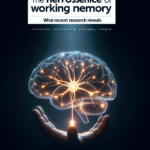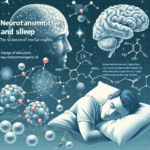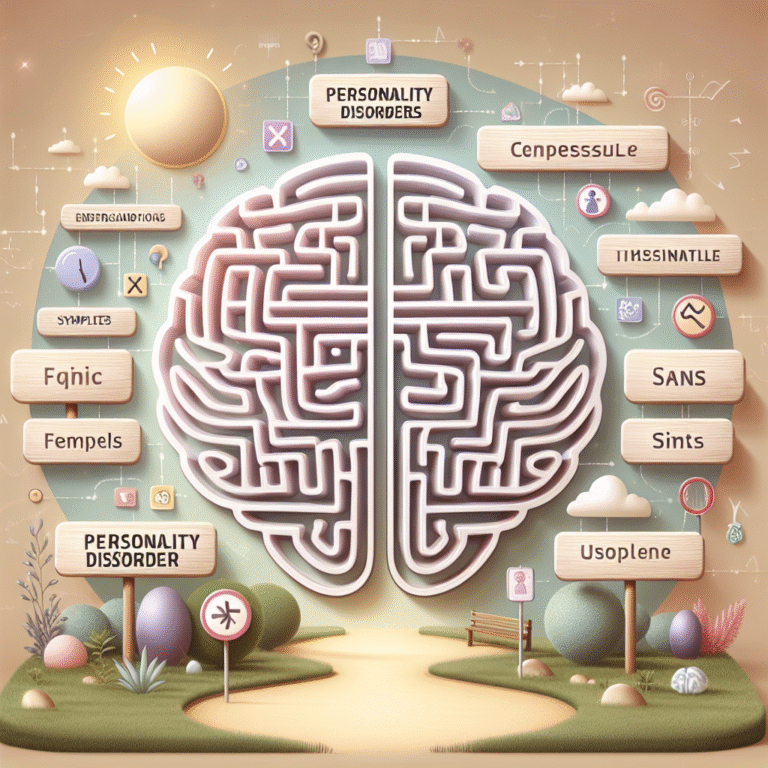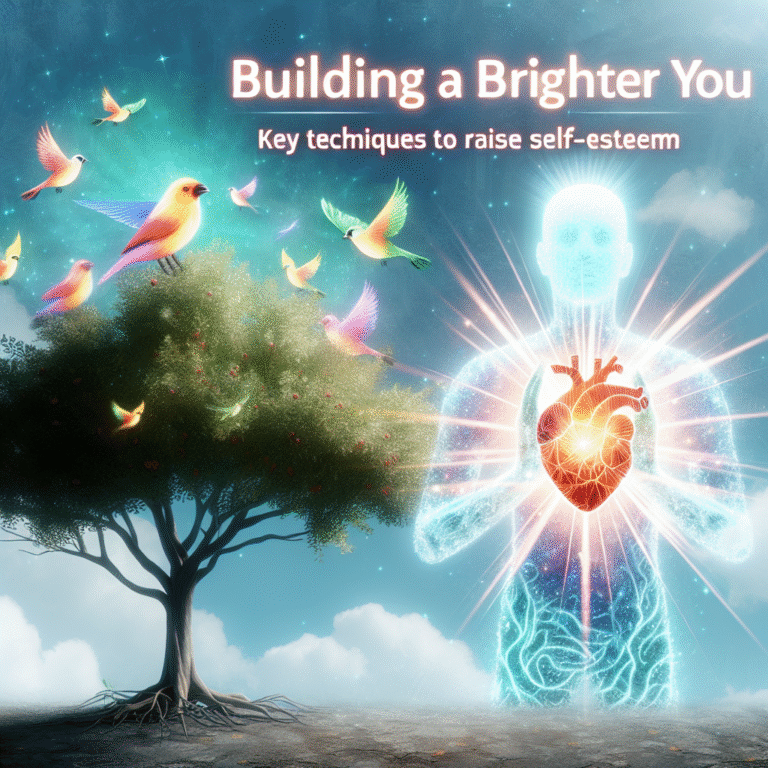
The Digital Dilemma: Unpacking the Essential Effects of Social Media on Adolescent Mental Health
Introduction
In today’s digital age, social media has become an integral part of daily life, particularly for adolescents. With over 90% of teens being active on platforms like Instagram, Snapchat, and TikTok, the question arises: how does this digital landscape affect their mental health? The Digital Dilemma: Unpacking the Effects of Social Media on Adolescent Mental Health is not just a contemporary theme; it’s a pressing issue that warrants our attention. As teens navigate a world that often blends the virtual with the real, understanding the psychological implications of social media becomes essential for parents, educators, and mental health professionals alike.
The Social Media Landscape
Understanding the Statistics
The overwhelming presence of social media in adolescents’ lives cannot be understated. According to a Pew Research Center study, 81% of teens believe social media makes it easier to connect with friends, and around 70% use social media daily. However, these figures are accompanied by concerning statistics about mental health:
- 13% of adolescents report feeling overwhelmed by social media.
- 40% feel anxious when they are not able to check their profiles.
These numbers underscore the urgency of addressing The Digital Dilemma: Unpacking the Effects of Social Media on Adolescent Mental Health.
| Statistic | Percentage |
|---|---|
| Teens using social media daily | 70% |
| Teens feeling overwhelmed | 13% |
| Teens feeling anxious without access | 40% |
The Paradox of Connection
While social media is designed to foster connections, it has a paradoxical effect. Adolescents often find themselves feeling more lonely than connected. Studies have shown that increased social media usage can lead to feelings of isolation. This phenomenon is evident in a 2021 study published in the Journal of Adolescent Health, which found a direct correlation between excessive social media use and increased feelings of loneliness among teens. This insight highlights another layer of The Digital Dilemma: Unpacking the Effects of Social Media on Adolescent Mental Health.
The Positive Aspects of Social Media
Building Community
-
Support Networks: Online platforms can facilitate the formation of support networks. For instance, teenagers dealing with mental health issues often find solace in online communities discussing shared experiences and offering support.
- Educational Resources: Social media isn’t just for socializing; it can also serve as a valuable educational tool. Platforms like YouTube and Instagram are filled with helpful content on mental health awareness, coping strategies, and resources for teens.
Case Study: #StillStanding Community
A notable example is the emergence of the #StillStanding community on Instagram—a space where teens share their mental health journeys through art, poetry, and storytelling. By sharing their struggles and triumphs, participants foster a supportive environment, thus illustrating the positive potential of social media. This engagement exemplifies how The Digital Dilemma: Unpacking the Effects of Social Media on Adolescent Mental Health can lead to empowerment rather than disempowerment.
The Darker Side of Social Media
Cyberbullying: A Growing Concern
One of the most alarming effects of social media on adolescents is the prevalence of cyberbullying. Statistics show that approximately 15% of teens have experienced cyberbullying, which can lead to severe mental health consequences, including anxiety and depression.
Case Study: The Impact of Cyberbullying
The tragic case of Amanda Todd, a Canadian teen who was cyberbullied, serves as a sobering reminder of the potential consequences of social media misuse. After posting a video detailing her experiences with bullying, Amanda faced relentless harassment that eventually led to her tragic death. This case reflects the darker side of The Digital Dilemma: Unpacking the Effects of Social Media on Adolescent Mental Health, showcasing how the digital realm can sometimes morph into a toxic environment.
Unrealistic Comparisons and Self-Esteem Issues
Another critical area of concern highlights that social media often fosters unrealistic comparisons. Teenagers are bombarded with curated images and lifestyles that can lead to feelings of inadequacy. Research indicates that exposure to idealized images correlates with lower self-esteem and higher body dissatisfaction among teens.
| Factor | Description |
|---|---|
| Idealized Profiles | Influence self-esteem negatively |
| Mental Health Implications | Increased levels of anxiety and depression |
| Comparison Culture | Detracts from authentic self-exploration |
The Impact of Screen Time on Mental Health
An Overwhelming Information Sea
Adolescents are in a unique phase where identity exploration is paramount. Yet, the ceaseless flow of content can lead to information overload. A recent study published in Psychological Science emphasizes that excessive screen time may exacerbate anxiety and stress levels.
Case Study: Screen Time Research
A longitudinal study involving 3,000 adolescents revealed a correlation between increased screen time and declining mental health. The research analyzed various dimensions, including social skills and emotional well-being, concluding that teens who spend more than three hours a day on screens face heightened risks of mental health issues.
Strategies for Healthy Social Media Use
Establishing Boundaries
-
Time Management: Families can set boundaries regarding screen time to mitigate the potential negative effects of social media. Encouraging face-to-face interactions and outdoor activities can enrich an adolescent’s social experience outside the virtual realm.
- Content Awareness: Educating teens about the importance of curating their feeds can empower them to follow accounts that provide positivity and support rather than those that perpetuate comparison or negativity.
Fostering Open Dialogue
Family discussions about online experiences can help adolescents process their feelings and encounters on social media. By creating a safe space for open communication, parents can address concerns surrounding The Digital Dilemma: Unpacking the Effects of Social Media on Adolescent Mental Health with their children.
Conclusion: Navigating the Digital Dilemma
Navigating the complex interplay between social media and mental health is not straightforward. While The Digital Dilemma: Unpacking the Effects of Social Media on Adolescent Mental Health reveals both positive and negative facets, the key lies in balance. By fostering community, promoting healthy usage, and encouraging open dialogues about online experiences, we can enhance mental well-being for adolescents in the digital sphere.
It is crucial for parents, educators, and teens to recognize that while social media can be a double-edged sword, it can also serve as a powerful tool for growth, connection, and support if navigated wisely.
FAQs
1. How does social media directly impact adolescent mental health?
Social media can influence mental health through factors such as cyberbullying, unrealistic comparisons, and information overload, which can lead to anxiety, depression, and feelings of isolation.
2. What steps can parents take to help their children use social media responsibly?
Parents can establish screen time limits, promote open discussions about online experiences, and encourage teenagers to curate their feeds for positive content.
3. Are there any benefits of social media for adolescents?
Yes, social media can foster support networks, create communities around shared interests, and provide educational resources on mental health and well-being.
4. How can adolescents find support on social media?
Teens can join online communities that resonate with their experiences, follow mental health advocates, and engage with content that promotes positivity and awareness about mental health issues.
5. What should I do if my child is experiencing cyberbullying?
Encourage open communication and reassure them they are not alone. Document evidence of cyberbullying, report it to the platform, and consider consulting a mental health professional for additional support.
In this digital age, The Digital Dilemma: Unpacking the Effects of Social Media on Adolescent Mental Health requires collective efforts from caregivers, educators, and the adolescents themselves to create a healthier, more supportive online environment.

















